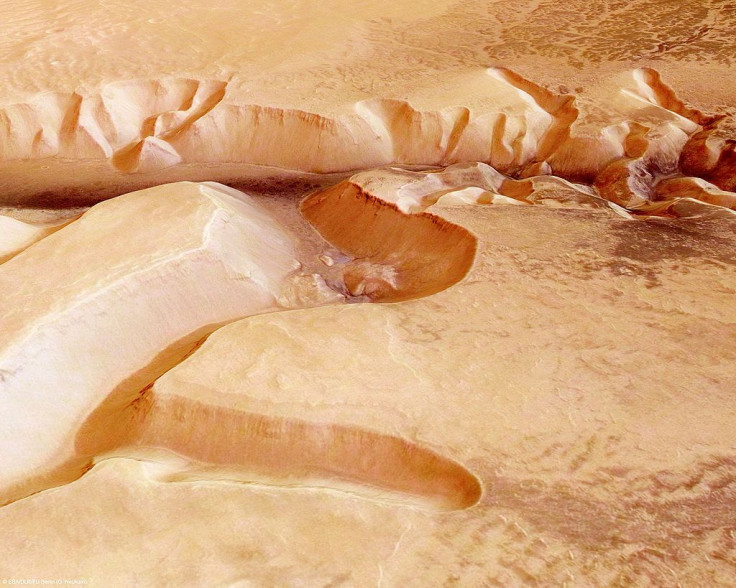Mars Mission Update: Astronauts Can Now 'Cook' Oxygen On Red Planet

It’s only a matter of time before humans can start colonizing other planets. On top of the list where human colonies could exist are the Moon and planet Mars, with the latter being the ultimate scientific quest.
Despite some advancements, however, in terms of how space agencies from all over the world are preparing to start a colony on Mars, there are still a few important details that need to be addressed. On top of how humans can reach the Red Planet, questions of water, supplement and oxygen supply remains to be a pressing matter.
Some reports have already come out saying how humans could actually start a Martian garden to plant produce while space agencies like NASA continuously search for areas where there might be water. As for oxygen, a group of scientists shared that they might have a way for astronauts to generate oxygen while living in the Red Planet.
According to a report, scientists from the California Institute of Technology (Caltech) in Pasadena have found a new way to explain how comets generate molecular oxygen. Molecular oxygen is described as the atoms that form breathable air when combined. The theory could prove useful to scientists, particularly to future Mars explorers.
By studying comets, the scientists were able to determine that there’s a new oxygen-generating reaction that happens among comets. The comets, usually made of ice which originate from regions that are said to be more distant than the Planet Neptune called Oort Cloud, react when they come closer to the sun. The heat pushes the comet’s ice into space which eventually forms their tails.
This phenomenon, powered by kinetic energy, can rip oxygen atoms existing on the comet’s surface and produce molecular oxygen. Through this study, the Caltech scientists were able to determine another way to produce molecular oxygen, this time through carbon dioxide reactions.
According to former Caltech postdoctoral fellow, Yunxi Yao, and current Caltech chemical engineering professor Konstantinos Giapis, they were able to simulate this reaction by crashing carbon dioxide into a gold foil. By pushing carbon dioxide at a certain speed into the foil, the gold surface was able to produce molecular oxygen.
"This meant that both atoms of oxygen come from the same CO2 (carbon dioxide) molecule, effectively splitting it in an extraordinary manner," Caltech representatives said.
By applying this theory, space agencies like NASA could tick one concern when it comes to bringing humans to Mars. Of course, the theory is more complicated than it sounds and would need further study to determine if it can be applied during future Martian explorations.
Currently, the space agency will also be conducting another oxygen-generating tech a test run on Mars. A technology demonstrator known as MOXIE (Mars Oxygen In situ resource utilization Experiment) will be set out with NASA’s 2020 Mars rover. The rover is expected to arrive in 2021. Until then, we can only wait if the agency’s oxygen-generating system is effective or not.
© Copyright IBTimes 2024. All rights reserved.





















